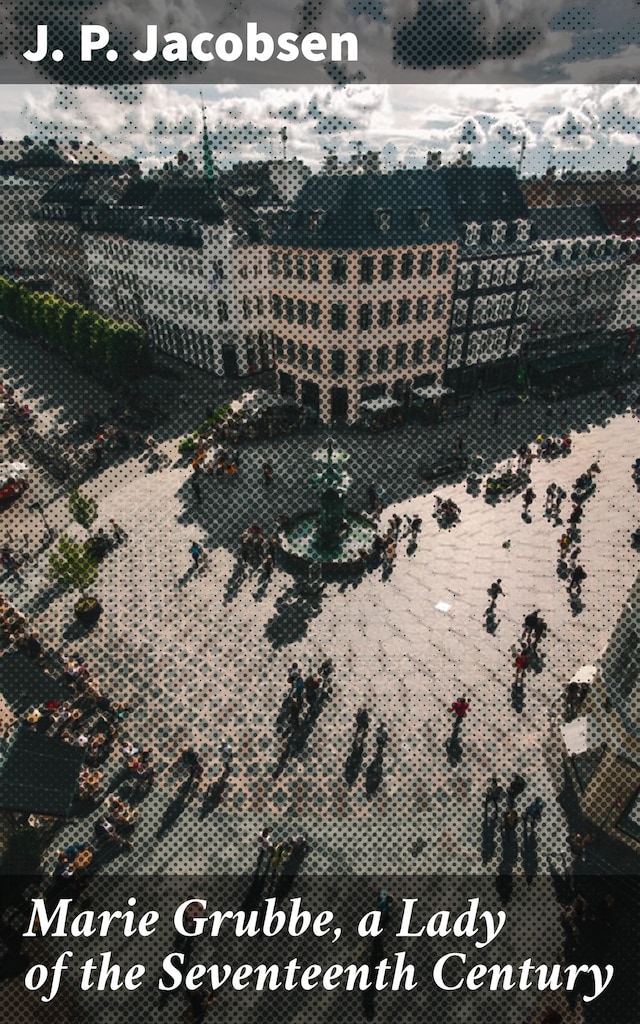
Marie Grubbe, a Lady of the Seventeenth Century
A Journey Through Love and Loss in 17th-Century Denmark
Description of book
In "Marie Grubbe, a Lady of the Seventeenth Century," J. P. Jacobsen delves into the nuanced life of its titular character, blending historical realism with psychological depth. Set against the backdrop of 17th-century Denmark, Jacobsen'Äôs novel captures the intricacies of social hierarchies and gender norms through Marie's tumultuous journey of love, autonomy, and societal constraints. The narrative is enriched with Jacobsen's distinctive prose style, marked by vivid imagery and introspective passages that evoke both the era's grandeur and its inherent struggles, making it a seminal work in the canon of Danish literature. J. P. Jacobsen, a pivotal figure in the modernist movement, was influenced by contemporary themes of naturalism and existential inquiry. His own experiences of love, loss, and the quest for self-identity likely inspired the complex characterization of Marie Grubbe, as Jacobsen sought to illuminate the human condition within the rigid confines of society. His extensive literary background and commitment to exploring the themes of freedom and individualism further inform this innovative work. For readers interested in historical fiction that transcends mere narrative to explore profound themes of autonomy and identity, "Marie Grubbe" is a compelling exploration of a woman's struggle against societal expectations. Jacobsen'Äôs masterful storytelling and rich character development make this novel not only a captivating read but also a poignant commentary on the timeless conflict between personal desires and societal obligations.
 J. P. Jacobsen
J. P. Jacobsen 260 Pages
260 Pages